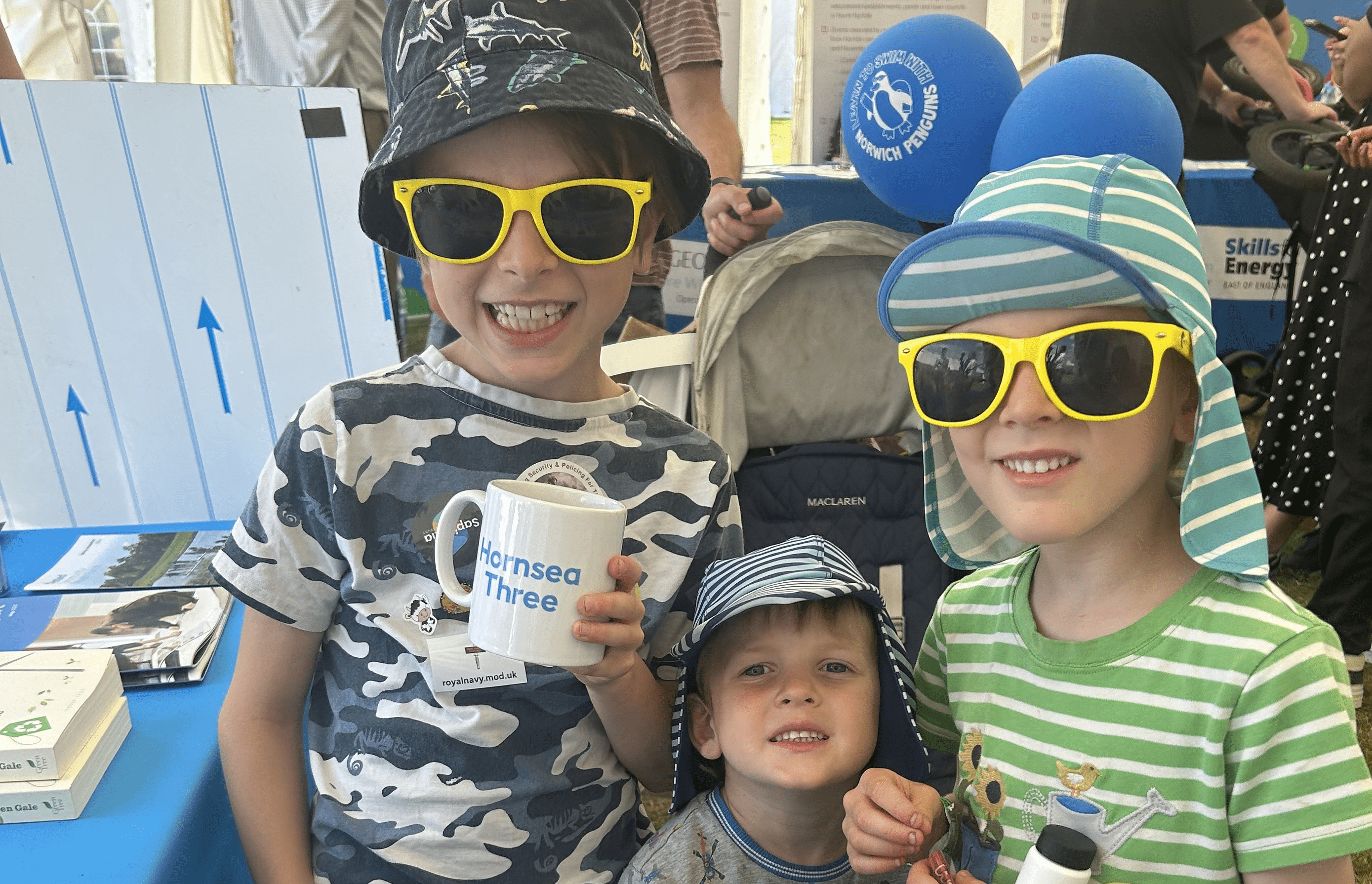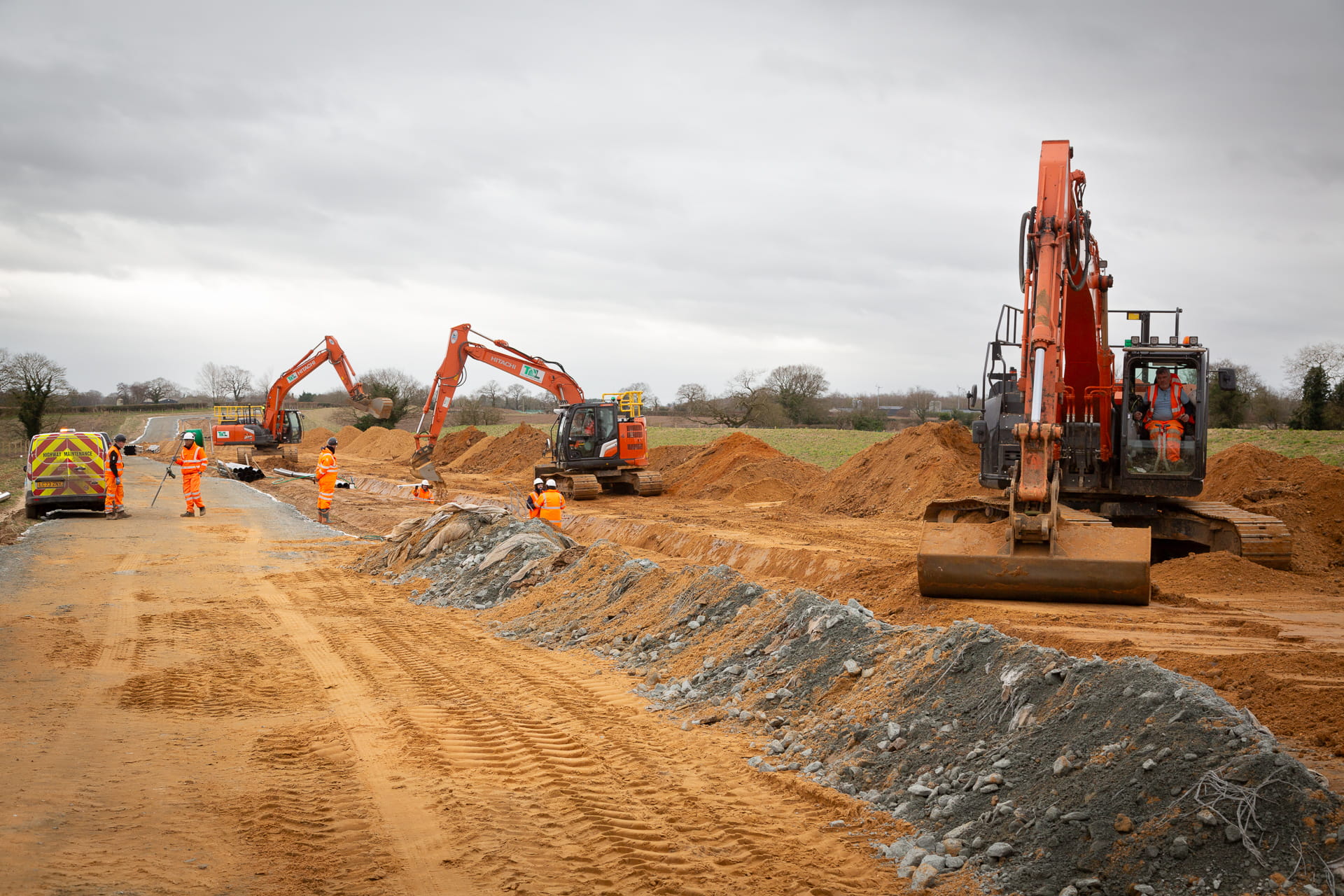We’ve begun to build the onshore part of Hornsea 3. We are currently laying the cables that will bring the energy generated offshore by Hornsea 3 and connect it to our onshore electricity substation in Swardeston, near Norwich, Norfolk.
From there, the energy will be connected to the National Grid so it can be distributed to millions of homes across the UK. So far, we’ve laid about 6 km of cable out of a total of 51 km, so we’re still in the early stages.
We’ve also been doing some work on our onshore substation including landscaping. And we’re preparing the land for the battery energy storage system.

